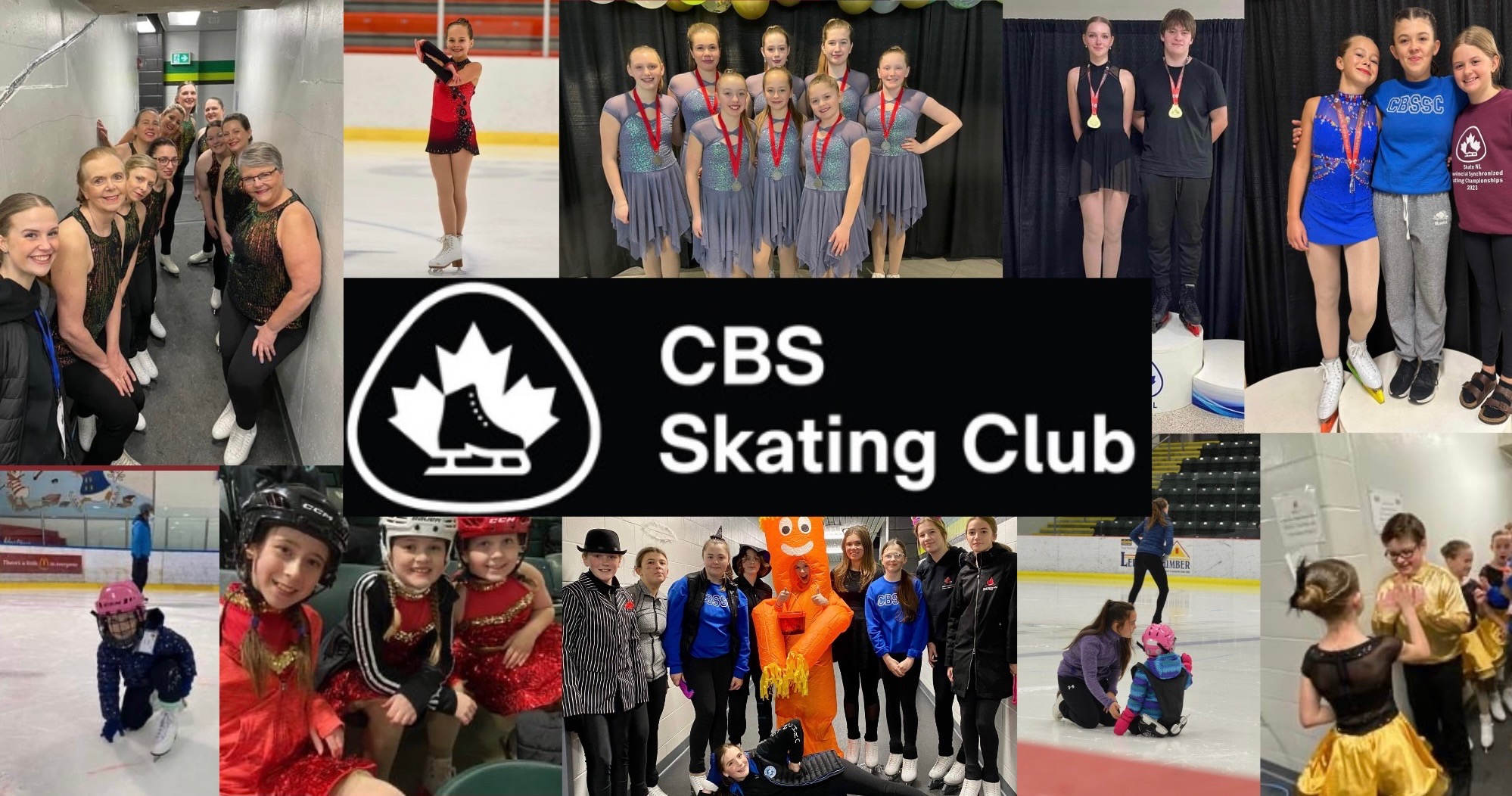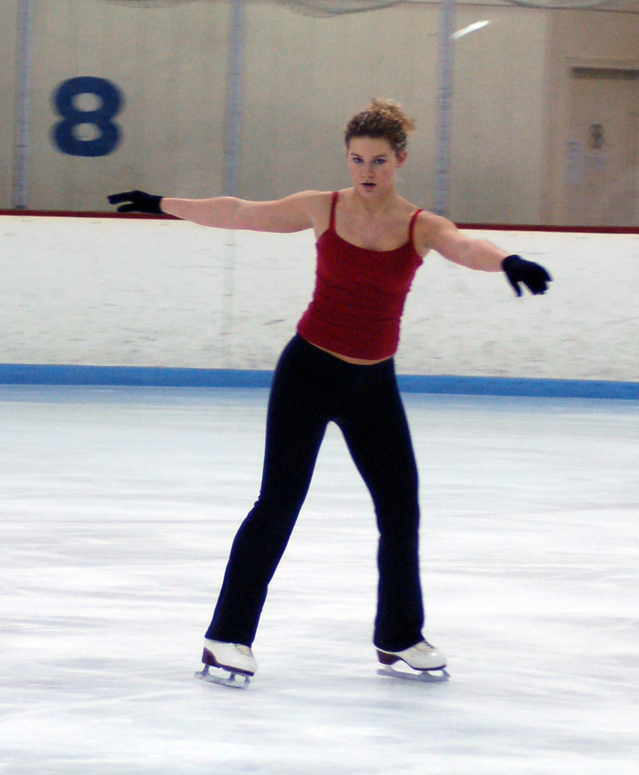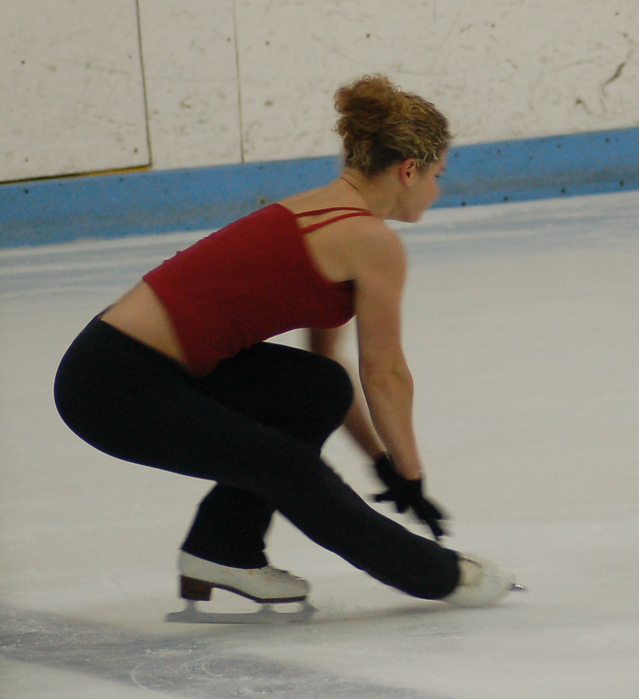

Skater Terms
Jumps
There are seven main category of jumps:
Waltz Jump
Generally the first rotational jump that skaters learn. The skater takes off from a forward outside edge, completes 1/2 revolution in the air, and lands on the back outside edge of the opposite foot.
Salchow Jump
A jump in which the skater takes off from the back inside edge of the skating foot, rotates one rotation in the air and lands on the back outside edge of the opposite foot. Named after its originator, Ulrich Salchow.
Variations: double Salchow, triple Salchow, quadruple Salchow, one foot Salchow.
Neat fact: The 1965 World Champion and 1964 World and Olympic bronze medallist Petra Burka became the first woman to complete a triple jump in competition - the triple Salchow-performed at the 1962 Canadian Championships in Toronto, Ontario.
Toe Loop Jump
A toe jump in which the skater takes off from the back outside edge of the skating foot with assistance of the toe of the free foot and turns one rotation in the air, landing or the back outside edge of the take-off foot.
Variations: double toe loop, triple toe loop, quadruple toe loop.
Neat fact: Canadian Kurt Browning was the first skater to complete a quadruple toe loop in competition at the 1988 World Championships in Budapest, Hungary.
Loop Jump
A jump in which the skater takes off from the back outside edge of the skating foot turns one rotation in the air and lands on the back outside edge of the take-off foot.
Variations: double loop, triple loop, 1/2 loop (a one rotation jump in which the skater lands on the back inside edge of the opposite foot from take-off)
Flip Jump: A toe jump in which the skater takes off from the back inside edge of the skating foot with assistance from the toe of the free foot, turns one rotation in the air and lands on the back outside edge of the original free foot.
Variations: double flip, triple flip.
Lutz Jump: A toe jump in which the skater takes off from the back outside edge of the skating foot with assistance of the free foot toe, rotates in the reverse direction one rotation in the air and lands on the back outside edge of the opposite foot.
Variations: double Lutz, triple Lutz.
Neat fact: 1962 - Donald Jackson completes first-ever triple Lutz in competition.
Axel Paulsen
The skater takes off from the forward outside edge of the skate, completes 1 1/2 revolutions in the air and lands on the back outside edge of the opposite foot. Named after its originator.
Variations: double Axel, triple Axel, inside Axel, one-foot Axel.
Neat fact: Canada's Vem Taylor became the first skater to land a triple Axel in competition at the 1978 World Championships in Ottawa.

Spins
There are three main categories of spins:
Upright Spin
A spin where a skater's body stays more or less vertical to the ice. This category includes one-foot spins, backspins, cross foot spins, and the layback spin. The layback spin is a spin primarily performed by female skaters (though more men are performing this difficult spin today) where the back is arched and the free leg is drawn up slightly.
Variations: include the Bielman position (the skater catches the blade of the free foot in their hands and pulls the free-leg up over their head) and sideways leaning spin in which the skater arches to one side while maintaining an upright position.
Sit Spin
As the name indicates a sit spin is classified as any spin in which the skater's body is located close to the ice and the skating knee is bent to allow the skater to appear to be 'sitting'.
Variations: include flying sit, flying change sit, sit change sit spin and more.
Camel Spin
A spin position in which the skater's body is horizontal to the ice except for the leg on which they are spinning.
Variations: include a flying camel (change foot in air prior to start of spin) and death-drop (a dramatic flying entry). To increase the difficulty of a camel spin skaters will often perform a forward camel spin on an outside edge, or a back camel on an inside edge. Arm and leg position variations also increase the difficulty of spins and can be very effective from an aesthetic standpoint.
